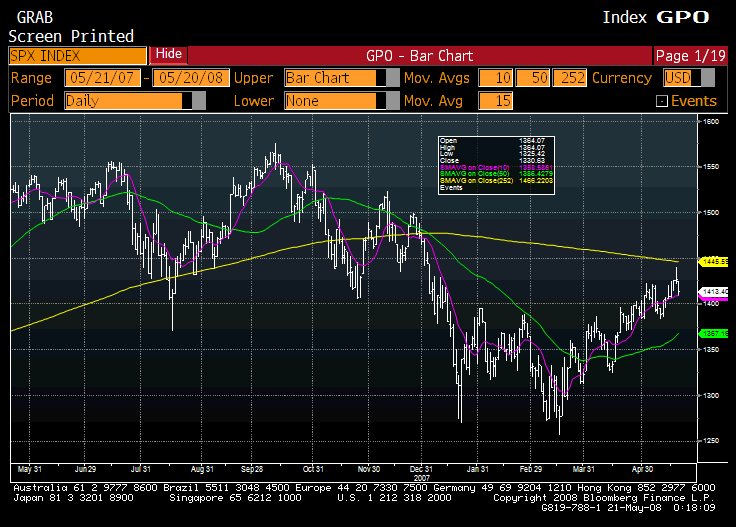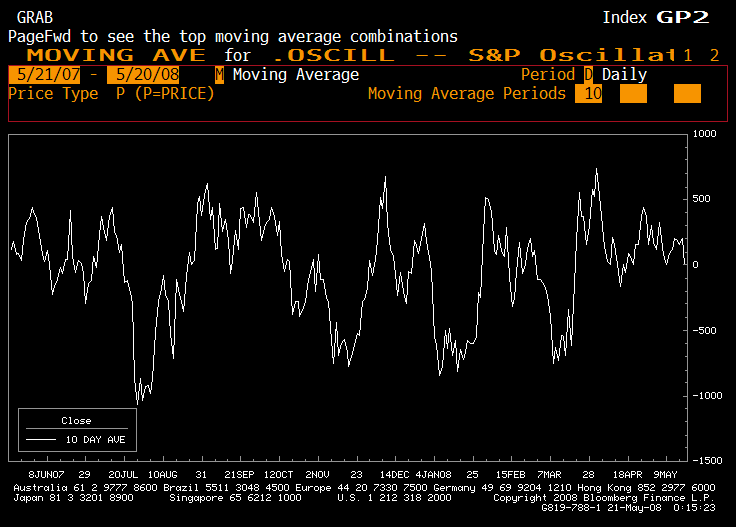CPDOs: Can Profit-lust Destroy Obligations (to Honesty?)
Take some low single-A or high-BBB rated debt, lever it up 15 times.? If spreads back up, lever up more, and buy more at the higher spreads, and hope spreads don’t continue to rapidly widen, such that you have to break the deal and realize the losses.? If spreads tighten enough, de-lever, and declare victory.? That is a great bull market strategy to make money in investment grade credit, but it is not a high quality strategy.
If I created a Collateralized Debt Obligation [CDO] out of similar instruments, with what would be light leverage of 15 times, and it had just two tranches — 94% senior, 6% junior, the senior obligations would get a AAA (probably), but the junior obligations would be rated BB or so — just my back-of-the-envelope guess, but consistent with my experience.
But for Constant proportion debt obligations [CPDOs], they were not rated BB but AAA, because the dynamic portfolio management would allow the structure to survive modest bear markets in credit.? Unfortunately, when a lot of parties lever up credit, the historical statistics on how the credit markets behave at lower leverage levels don’t apply.? The odds of a sharp self-reinforcing bear market in credit rise.
So, it is not a surprise that I was an early bear on CPDO structures.? Here’s a summary piece on what I wrote, and when I wrote it.
Now today it gets revealed in the Financial Times that Moody’s had a mistake in their ratings model for CPDOs that allowed them to offer ratings equivalent to those of S&P.? Needless to say, this is getting a lot of coverage today, from:
- Reuters — nice fact summary
- Felix Salmon at Market Movers
- FT Alphaville
- Creditflux (another early skeptic)
- Naked Capitalism
- Calculated Risk
There are conflicts of interest in the way that ratings agencies get paid by the issuers, and the CPDO debacle highlights them.? I don’t think you can create a system where the users of ratings carry the full weight of the ratings process.? The issuers have the concentrated interest in a way buyers do not.
But maybe there is a way to re-align matters.? What if the ratings agencies received half of their fee by receiving interests in the juniormost class?? (For non-structured deals, make that a subordinated interest strip.)? My, but I think that subordination levels would rise.? Also, I think the ratings agencies would become more generally cautious.
From my angle, though, the CPDO debacle is more egregious than other rating failures, because the agencies deviated from their normal way of rating debt, seemingly just to make more money.? Well, they made the money, but how much is a reputation for quality ratings worth?? In the long run, the CPDO deals will be net losers for Moody’s and S&P, and a net win for skeptics like Fitch and Dominion.





